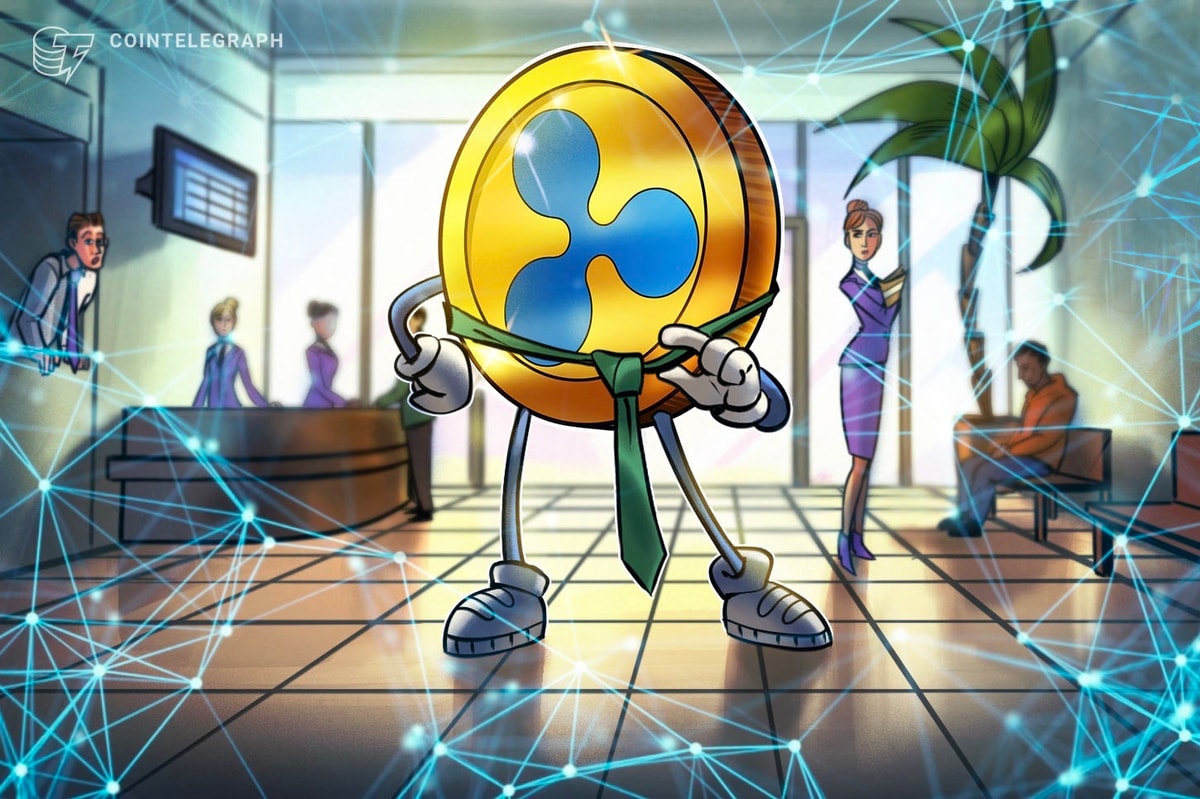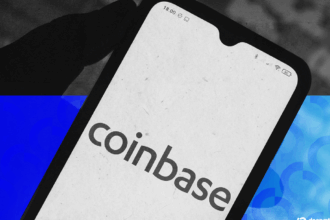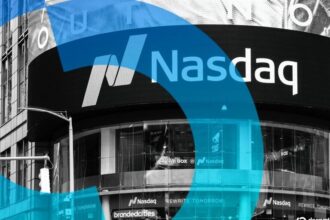XRP Makes Significant Gains Amid Rising Institutional Interest
Wealthy investors are increasingly holding onto cash for longer periods, seeking stability in uncertain markets, an analysis by Charles Schwab suggests.
Key Takeaways
- XRP gained 30% in the past week, driven by rising institutional interest and deep trading liquidity, now the third-largest cryptocurrency by market cap.
- Ripple’s alignment with ISO 20022, a new financial messaging standard, and its stablecoin (RLUSD) support a pivot toward real-world financial integration.
- Public companies are beginning to treat XRP as a treasury asset, signaling a shift from speculation to strategic allocation.
Ripple’s XRP (XRP) token might be the most intriguing cryptocurrency on the market. Often dismissed for lacking clear use cases, it has quietly climbed to become the third-largest cryptocurrency by market cap, now at $168 billion. In the past week alone, XRP gained over 30%, outperforming both Bitcoin (BTC) (+10%) and Ether (ETH) (+21%).
XRP finds a niche
There’s a widespread sentiment in the crypto community that XRP has never “earned” its top-tier status. XRP Ledger is a permissioned blockchain designed for interbank settlements, now used by a number of prominent banks. However, most popular XRPL products do not require holding XRP itself, which makes its tokenomics questionable.
That said, the current bull market cycle is driven by institutional adoption, regulatory clarity signals, and capital flows. This is where Ripple, and by extension XRP, are uniquely positioned.
Ripple’s institutional ambitions
On July 1, the US Federal Reserve adopted ISO 20022, a new global standard for financial messaging. Ripple, since 2020, has been aligned with this standard, becoming the first DLT company to join the ISO 20022 body. This positioning may now pay off.
Furthermore, Ripple is well-positioned to benefit from the stablecoin market growth. In December 2024, the company launched RLUSD, a dollar-pegged stablecoin with a market cap exceeding $517 million. To cement its compliance, Ripple Labs CEO Brad Garlinghouse confirmed the company’s application for a national bank charter from the OCC.
XRP’s an “easy trade” with growing strategic interest
High liquidity and volume depth, together with XRP’s position lagging before catching up, make XRP a relatively “easy trade” in crypto.
However, what’s new is the shift from pure speculation to strategic investment. Several public companies are building XRP treasuries. Nasdaq-listed companies have announced plans to allocate significant funds ($500M, $300M, $121M, $50M) to XRP reserves. While minor compared to Bitcoin’s corporate holdings, this marks an important trend: the framing of XRP as a treasury and settlement asset.
XRP’s institutional push continues through ETFs. The NYSE approved the listing of the ProShares Ultra XRP ETF, signaling growing interest alongside Canada’s earlier approval of spot XRP ETFs (XRPQ and XRPQ.U) on the Toronto Stock Exchange.
“I think the reason XRP might succeed is because… XRP has a really, really strong following. There’s a lot of social media influencers that are really into XRP, there’s a lot of broad awareness among institutions and traditional finance.”
Ripple’s positioning clearly resonates with the market, carving out a regulatory-compliant, institutionally palatable narrative in a crowded crypto landscape.
This article does not contain investment advice or recommendations. Every investment and trading move involves risk, and readers should conduct their own research when making a decision.












